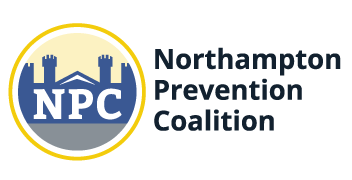Does Socioeconomic Advantage Lessen the Risk of Adolescent Substance Use?
(Intro- click title for full study) The ASU group’s most recent study followed two existing groups of adolescents from an affluent northeastern suburb for 10 years—through high school, college and into young adulthood [until age 27 (Luthar et al., 2017)]. They were particularly interested in three questions:
a) Did these adolescents “mature out” of their substance use behaviors?
b) Were they more or less likely than the general population to meet criteria for a substance use disorder in adulthood?
c) Did rules set by parents early on have an influence on young adult substance use?
Their findings were somewhat surprising. Although some decreases in excessive drinking were found over time, there was little evidence that study subjects matured out of other substance use behaviors. Second, the estimates of lifetime diagnoses of substance use disorder in these groups were two and three times higher than the national average. Nonmedical use of prescription stimulants was particularly high in the two groups, with use estimates ranging from 15 percent to 20 percent, almost twice as high as national norms. Finally, the researchers found that parents’ stringent attitude toward substance use at age 18 had a protective influence on substance use in adulthood. High school seniors who perceived that they would face consequences from their parents if they engaged in substance use and/or attended unsupervised parties in their senior year of high school were less likely to get drunk and use marijuana at age 22 compared to their peers with more-lenient parents. The authors were careful to point out that “repercussions” are most likely to be effective if they are mutually agreed upon and consistently enforced in the context of a warm and supportive parent-child relationship, and not overly severe or harsh.
- Posted by
 Ananda Lennox
Ananda Lennox - Posted in Articles
 Jul, 25, 2018
Jul, 25, 2018 Comments Off on Does Socioeconomic Advantage Lessen the Risk of Adolescent Substance Use?
Comments Off on Does Socioeconomic Advantage Lessen the Risk of Adolescent Substance Use?

 Call Us (111) 234 - 5678
Call Us (111) 234 - 5678
